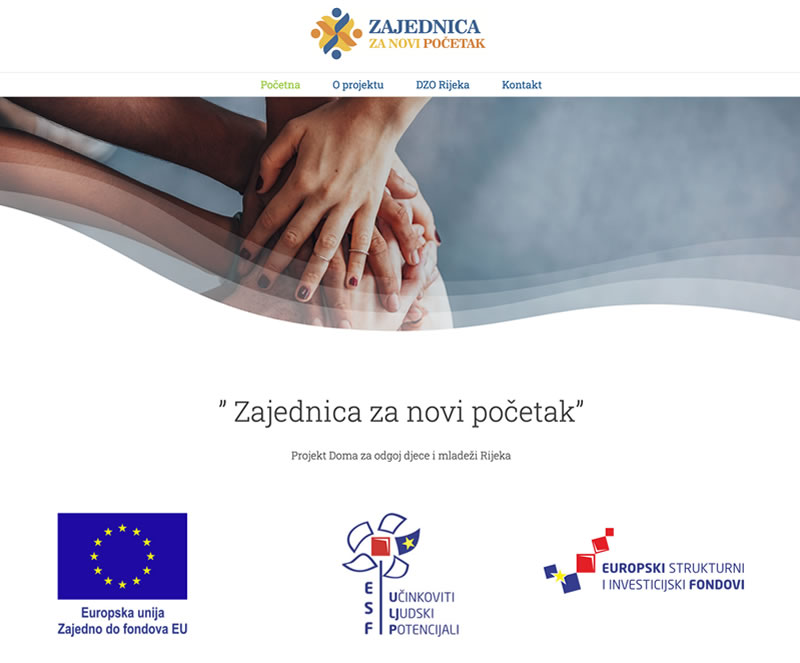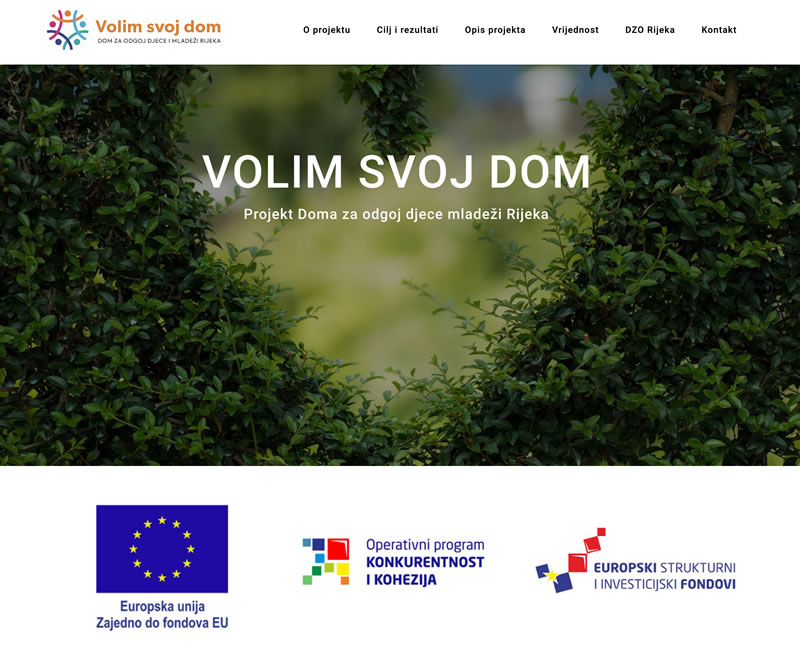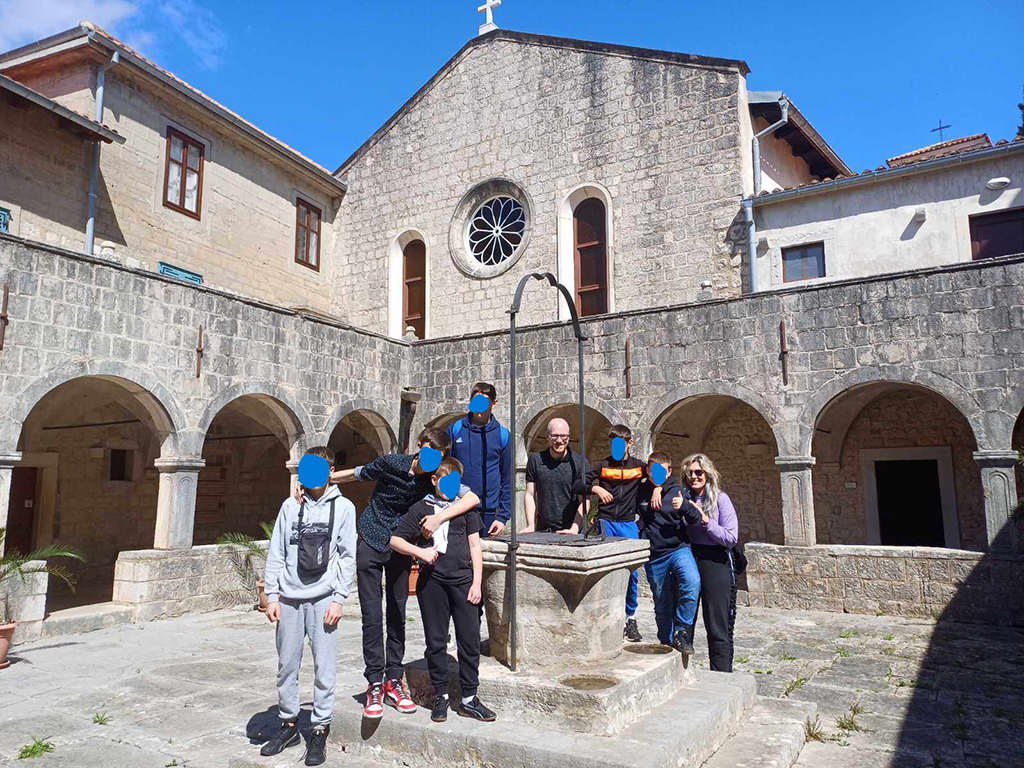
Centar za pružanje usluga u zajednici Rijeka
Sjedište Doma je u Rijeci, na adresi Vukovarska ulica broj 49.
Svoju djelatnost, odnosno razne oblike socijalnih usluga ili tretmana, Centar za pružanje usluga u zajednici Rijeka obavlja u tri zasebna objekta na adresama: Vukovarska 47, Vukovarska 49 i Čandekova 2.
Pored navedenog, obzirom da se u radu Doma poseban naglasak stavlja na provođenje preventivnih programa, odnosno rad s djecom koja su u riziku za razvoj problema u ponašanju, jednu od socijalnih usluga, za sada…





